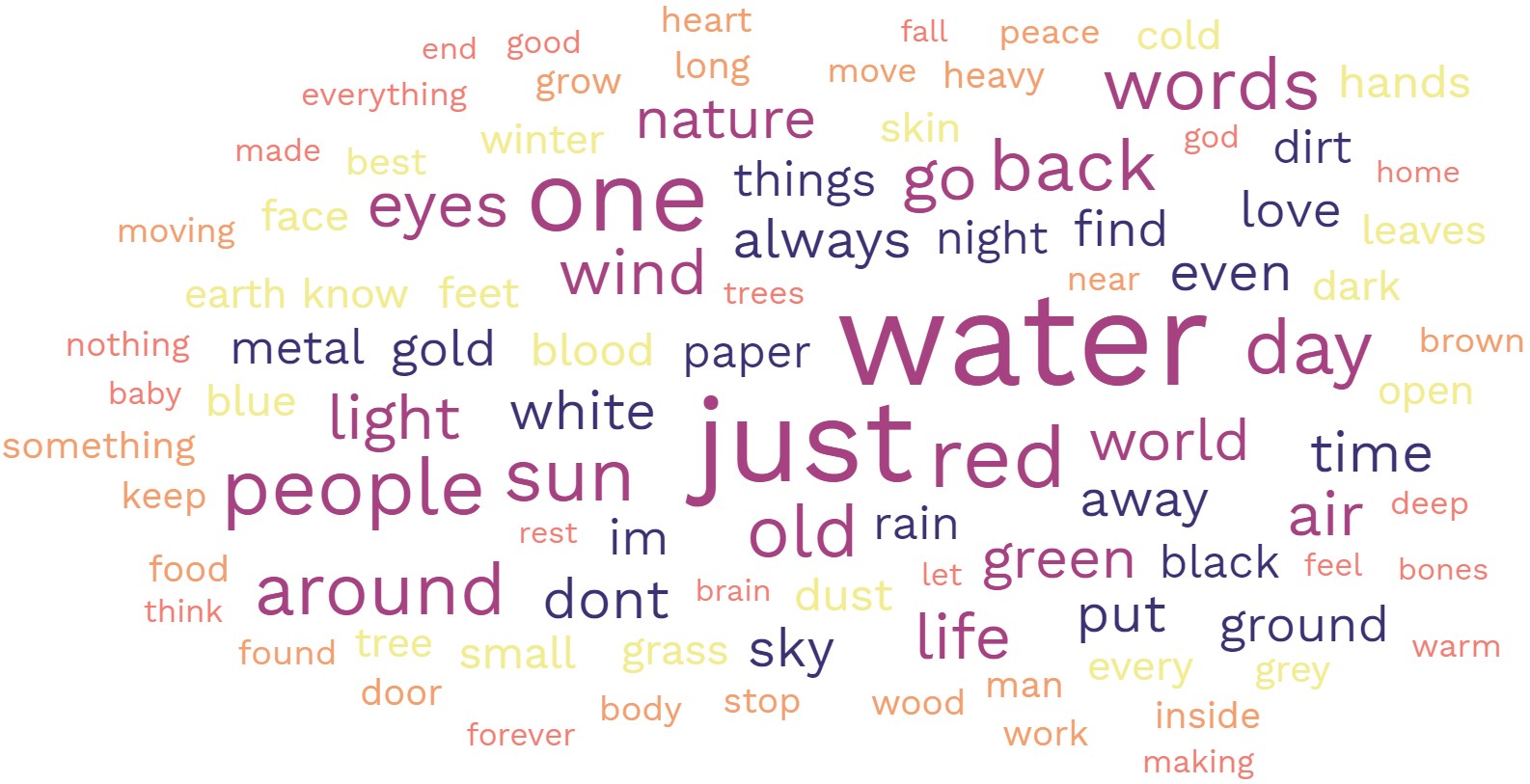Introduction to Found Poetry
2/23/19
Found poetry is making a new poem out of an existing source. I enjoy found poetry because you can keep the flavor of the original text, or change it completely. Also, one can create many found poems from just one source text. Last, it is lazy (i.e. smart) poetry: one doesn't need to create everything 100%. I enjoy found poetry so much, that of the poems I have written (which can be found here), of them are found poems. In this article, I describe how I make found poems.
First, I find an existing source of text. The source could be a poem, headlines of the day, a recipe, just about any text really! Most often, however, it is a single poem or a collection of poems or a book.
Second, I paste this text into a column in an Excel spreadsheet.
Third, I use the Text to Columns feature in Excel to move each word into a new column.
Fourth, I paste all of these columns into a single column, say column A. I make sure each cell is a single word, with no punctuation. I also remove duplicate words and so-called "stop" words, that is, words like "a", "of", "an", "the", etc., that are common to virtually all texts. These last two removals (duplicates and stop words) are not necessary, however.
Fifth, I enter the following formula in a new cell to randomly sample a word from column A:
I copy this formula down say R rows and over C columns to create RxC number randomly selected words from the source text. Note that random sampling with replacement (ie. one can select the same word more than once) is just one way to create a found poem. One could also go through the source text using many other methods such as different types of sampling, erasure, and blackout.
Here is an example of what my spreadsheet looks like using Walden by Henry Thoreau.
Note that there are also parts of the spreadsheet that see if specific words you enter (in yellow) are in the source text, as well as returning randomly selected words that have substrings in them (shown here using the substring "low"). For example, say the word "sea" is in cell D4. Then E4 is the formula
showing a non-zero number if the text "sea" is found in column A. The formulas to sample random words from column A that have the substring "ally" in them are more involved. If the word "abandon" is in cell A2, "low" in cell D13, then the formula in B2 is
showing a 1 if the word "abandon" has the string "low" anywhere in it. The formula in cell E13 is the array formula
See, I told you it was more involved! The 11324 is just the number of entries I have in column A and B. This will randomly sample from everything in column B with a 1, which are words containing the string "low".
Sixth, I select some interesting words, refresh the random selections a few or a few dozen times, and eventually put the randomly selected words together to form the lines of my poem. This process continues until I have enough lines I like to make a poem.
Seventh, I edit the found poem accordingly. I do try to keep the edits as few and as minor as possible so as to not alter the "found" aspect of the poem. I may edit to alter the meaning of the source poem, or edit so as to not alter the meaning of the source poem. I could also edit length, word choices, punctuation, etc., as desired. This process can easily create many found poems from a single source text.
To see some examples of found poetry created in this manner from different sources, see my Found Poetry.
Thanks for reading!
Please anonymously VOTE on the content you have just read:
Like:Dislike:
For poetry, I recommend:
- High Quality Every Day Carry (EDC) Bolt Action Pens & Pencils by Bastion. Use discount code JS20 to get 20% off!
- Shop at The Poet Life store
Please show me a randomly selected poem

